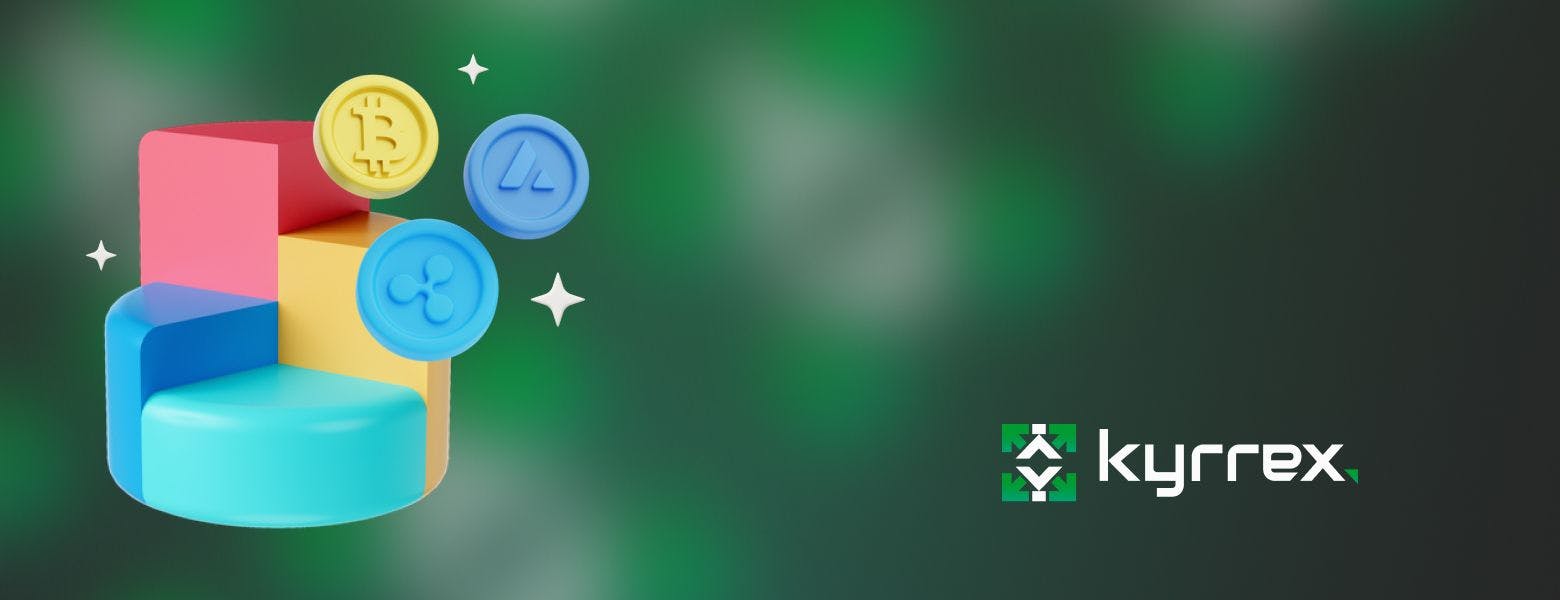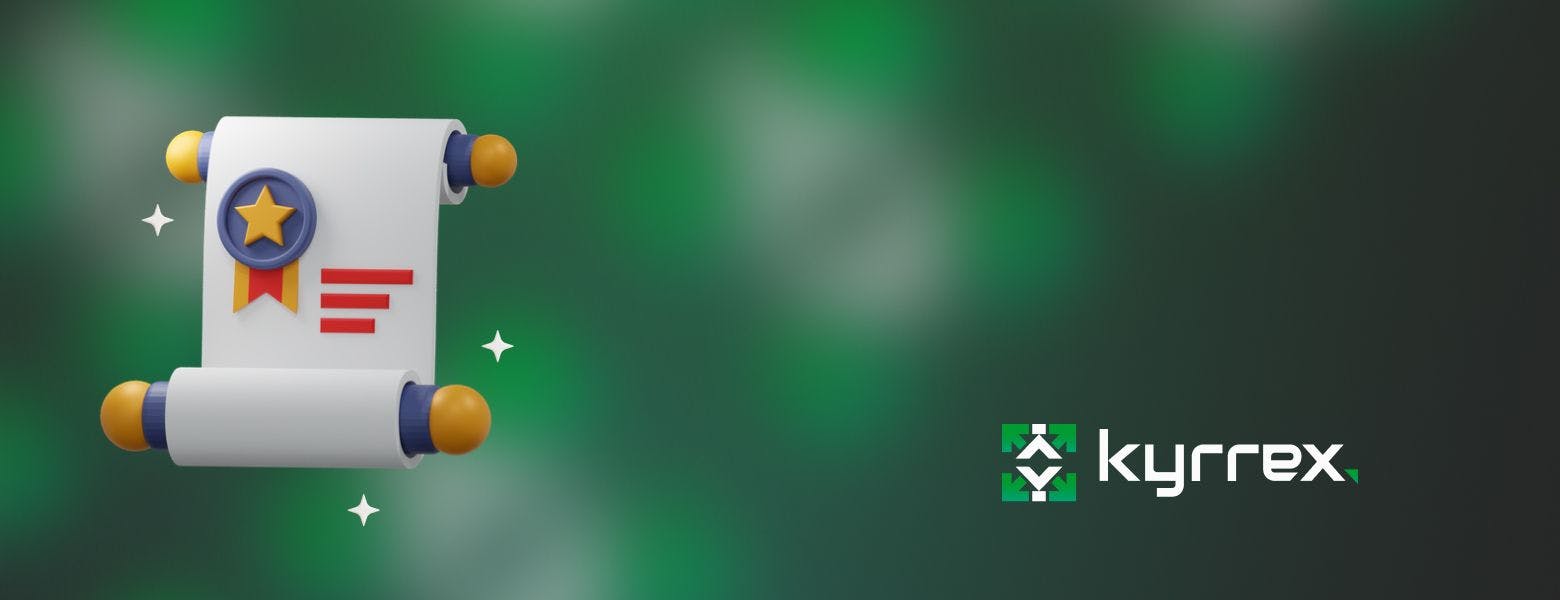
How to Build a Crypto Trading Bot

Crypto trading has brought about a whole other level of fortune and wealth creation. Compared to the traditional trading models and methods, crypto trading is positively revolutionary. Despite—rather, because of—the high incidences of volatility in crypto prices and valuation, a beginner in the trading industry can go up a couple of zeros in investment returns without stress.
The main thing in crypto trading, however, is not that the value of a typical crypto asset is unpredictable. No. The main bite to crypto trading is that there are so many ways to trade. The use of strategies and automated trading is just the top of the pack. But that is not the focus of this article.
The focus of this article is to show you an easy method that you can use to build a crypto trading bot. This method is easy enough for newbies to implement and relevant enough for experts to test and adopt.
Easy Steps to Building a Crypto Trading Bot
The use of crypto trading bots has gradually become the heart of automated trading. Currently, the ideal way to increase the speed at which you monitor the market and widen your trading scope is by having crypto trading bots on hand. Recognizing this fact, software developers have made sure to create as many trading bots for crypto trading as possible.
However, as one would expect, there are a lot of counterfeit crypto trading bots available today. Thus, one way to save yourself from embarrassment on one hand and possible loss of trading funds on the other is to learn to build trading bots yourself.
Here are 8 of the most common steps used to build a crypto trading bot.
Select a reliable programming language
The core element of crypto trading bots is the code that they are written in. As you know, a crypto trading bot is not an actual robot, only the digital construct of one. Thus, how well the trading bot can function depends on the code (or algorithm) that underlies it. And this is why it is important to use a reliable programming language to build your trading bot.
Many popular programming languages are commonly used to build crypto trading bots. The most popular of these languages is Python. Others include C++, C#, Java, and R. Your familiarity with any of these languages should determine the one you choose to use eventually.
Get a good API
An API is the equivalent of a connector that lets your trading bot communicate with the trading market. Officially, API is short for Application Programming Interface, and it serves as the link between software applications so that you can ‘talk to’ the computer.
In the context of this article, a good API lets your trading bot interact with different exchanges. This way, the bot can ‘read’ signals from the crypto market and make decisions that crypto exchange platforms can understand.
Register with dependable crypto exchanges
Talk about crypto platforms and exchanges, this is where the trading bot you are building can truly shine. They are essentially platforms, centralized or decentralized, that allow you to interact with the trading market.
Registering with a dependable crypto exchange is important. For one, most crypto exchanges, the centralized ones, especially, require you to sign up with personal—often confidential—information. Nevertheless, the same way APIs allow your bot to interact with exchange platforms, these exchange platforms allow your trading bot to interact with the crypto market.
Consider sound strategies for the trading bot
So, we mentioned programming codes as the core element of trading bots. This is true. However, you can only consider these the hard parts of the core, not the soft part. Trading strategies make up the soft parts of the trading bot core. Without these soft parts, the bot you build will have no direction.
There are many strategies that you can use with your trading bot. The most common ones include arbitrage (buying crypto units from one exchange and selling on another), momentum trading (using trends in the market to trade), mean reversion (using price ranges around the average to trade), and more.
You can decide on the strategy that best fits your crypto trading style and implement it along with your bot.
Design the operative structure of the bot
The operative structure of the trading bot you are building is another core element. This is the architecture or framework within which the trading bot can operate. It is the mathematical model over which the bot makes decisions.
Deciding on the exact mathematical model can also be a taxing exercise. You can consider it the combination of the programming code (as an algorithm) and trading strategy that we mentioned earlier.
Monitor the bot creation
So far, we have listed the different components that you need to build a crypto trading bot. Now, you need to assemble these components to have something tangible. This process is very important because it serves as the point at which you combine the algorithm with everything else.
Some bot developers generally use more than one professional programmer just to keep things going. This helps you cover all possible gaps. It is better than doing it yourself, so you can use Slack or Github to get professional developers.
Test out the bot
The testing process is a feedback stage. It is the first step after you have developed the bot or a workable model of the trading bot. Because the bot runs on a mathematical model, there is always the possibility that the model is not accurate enough to be useful in the market. Therefore, you need to test it to determine the margin of error and correct it.
Moreover, this testing phase allows you to measure the risks involved in using the trading bot. As a result, whenever you use the bot (or recommend it to other crypto traders), you can have some level of assurance as to the extent to which it can work before uncertainty creeps in.
Launch it for use
This is likely the most enjoyable part of the bot creation process. It is where you have tested it enough times to know that it is useful and relevant for actual trading. Thus, this is where you deploy it in the market and begin to use it for automated trading.
Why You Should Build a Crypto Trading Bot
As you probably know now, using a crypto trading bot saves you a lot of trading time. However, building the bot yourself removes every uncertainty you might get from using the bot.
The main reason you should build the bot you use is that you know the bot best. You will not be surprised by whatever it does and can stay assured of its efficiency. Thus, the risks involved in using the bot you developed are never as high as the risks involved in using a third-party bot.
So, in summary, building a crypto trading bot gives you absolute control over the bot. By extension, you have more grasp of your investments and can better manage them through the bot.
Useful Alternatives to Consider: 5 Top Crypto Trading Bots of 2023
1- Pionex
Pionex is by far the most popular platform for trading bots. With Pionex, you get 16 free trading bots, each fitted with a different trading strategy. Due to how easy it is to use, Pionex emphasizes simplicity. So, you don’t have to be an Einstein to be able to make significant profits in crypto trading by using the bots.
2- BitQuant
BitQuant is a radical trading bot platform. Where other bots are only easy to use and extensive in the number of exchanges they work with, the BitQuant trading bot is super effective. So effective is it that you are guaranteed up to 20% monthly profits as long as you use the bot effectively. Moreover, the bot greatly reduces the risks of trading losses, so you don’t have to spend every minute worrying about what you will gain or lose.
3- Coinrule
Coinrule is another great place for trading bots. It is also easy to use and allows straightforward implementation of strategies. The best thing about the platform is that you get to use the bots even though you are on a basic plan.
4- Botsfolio
Botsfolio is also solid in offering useful crypto trading bots. It also allows easy integration of trading bots with trading strategies. Moreover, there is a cool community of crypto traders that are always available to assist you when you have questions. It also gives you a guaranteed monthly profit range per time, but this is not as high as that of BitQuant.
5- TradeSanta
Lastly, TradeSanta is a crypto trading bot platform where there are an unlimited number of bots for your use. Once again, ease of use is the priority, so you should have no problem plugging into the crypto market with the TradeSanta bots and getting solid returns on your investment.
And that is all you need to know about building crypto trading bots. The process is simple and requires you to have some knowledge of programming, yes, but nothing too advanced. And if you want to save time and effort, you can simply use any of the bots listed in this article.



